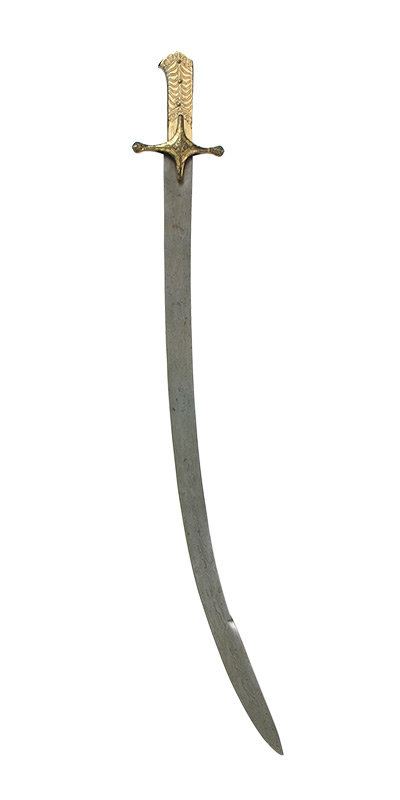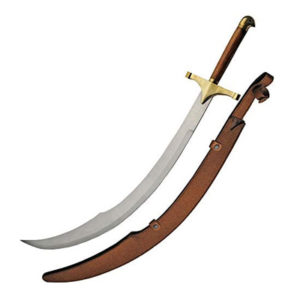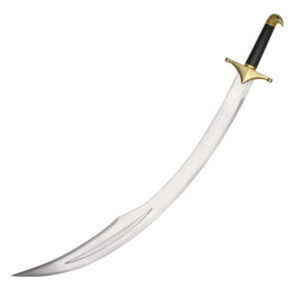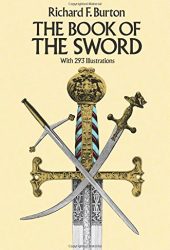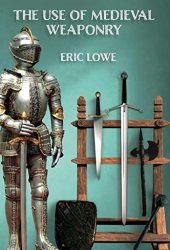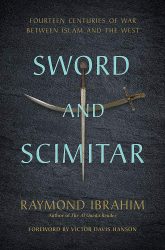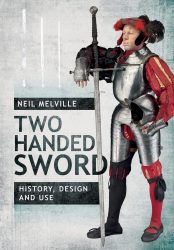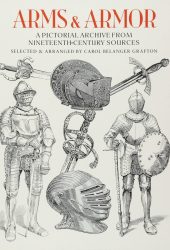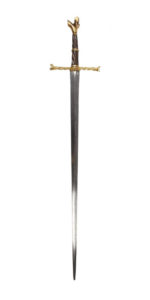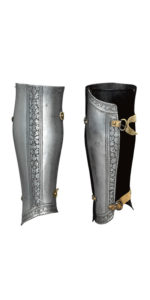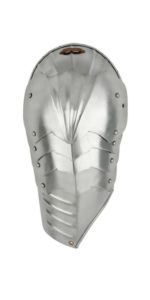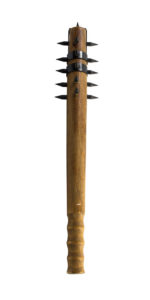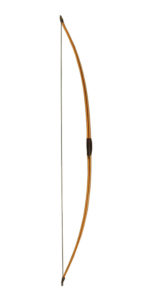The word Scimitar was used for all oriental blades that were curved compared to the more straight and double-edged European swords of the time. It’s a backward-curved, single-edged sword with a thickened, unsharpened back edge.
The term Scimitar is not used frequently by modern sword collectors and historians, who prefer saber to cover all forms of curved blade regardless of their place of origin.
The primary strikes of a scimitar were cutting and slashing, using the top third of the blade, and parrying. Blades with a greater curvature had a greater cutting effect, provoking maiming injuries that had a detrimental effect on the opposing troops’ morale.
History of the Scimitar
The earliest known use of scimitars is from the 9th century.
The scimitar’s curved design was probably introduced into central Islamic lands by Turkic warriors from central Asia. It became widespread throughout the Middle East from at least the Ottoman period. Previously, Arabs and Persians used straight-bladed swords. The Turkic cavalry’s scimitars had a lasting impact, especially after the Mongol invasions of the 13th century.
The scimitar entered Eastern Europe by way of Russia and Ukraine. It became sablya in the Russian language, szabla in Hungarian and Polish, sabel in German, saber in French, and saber in English.
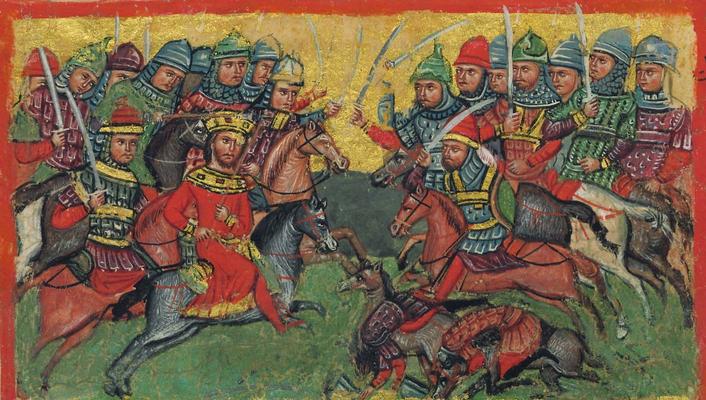
Types of Scimitars
This is an extract of Thomas Page’s The Use of the Broad Sword, published in 1746:
“The Sword […] contracted its Length and lighten’d its Weight in to the more handy Form of the Scymitar; which was first invented by the Eastern Nations, and has continued to be their principal Weapon to this Day:….” “The Saracens, Turks, and Persians made use of but three different Throws with the Scymitar, and one of those, only on Horseback; the other two on Foot.”
This curvature of the blade roughly divided the scimitars into two categories: One, with shorter blades with a pronounced curve, was primarily were used for cutting. The other, with longer blades and a gentle curve, was used for both cutting and thrusting.
The following are regional variations, they are used in English to refer to specific sword designs, but in their native languages, they usually all mean “sword.”
- Shamshir: The word is Persian and refers to a straight-edged sword and a curved-edged sword, depending on the era of usage. These weapons became popular starting in the 16th century.
- Talwar: An Indian sword from 16th-century Mughuls. Like the shamshir, talwars have a broader blade, mild curve, and a disk shaped pommel, which provides a very secure grip and little wrist movement.
- Kilij: A scimitar used by the Turks and the Ottoman Empire. Its uniqueness comes from a slight taper down the blade’s straight line that lasts until the last third of the sword when it angles sharply and becomes deeper.
- Other Regional Variations: Nimcha (Morocco and North Africa), Pulwar (Afghanistan), Kirpaan (Punjab, North-Western India), and Shotel (Horn of Africa, primarily Ethiopia and Eritrea).

Using Scimitars
Scimitars were used in horse warfare due to their relatively light weight (at least when compared to larger swords). Their curved design made them ideal for slashing opponents while riding on a horse (the arc of the blade matches that of the sweep of the rider’s arm as they slash the target while galloping).
The blade of a scimitar is generally narrow and equal in width along most of its length. The upper third of the blade either narrows or widens toward the tip, and in some designs the upper third of the back edge of the blade is sharpened as well.
The technique of using a light sword differs significantly from that of a heavy sword. The lighter weight permitted greater use of the wrist and elbow and more intricate maneuvers like faints, figure eights, and circles. The primary strikes were cutting and slashing, using the top third of the blade, and parrying.
Among peoples that used scimitars in warfare were Mongols, Rajputs and Sikhs. Scimitars were also used in many Islamic traditions and as executioner’s tools for beheading.

